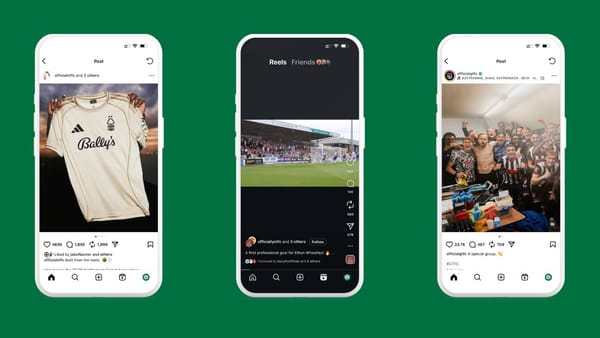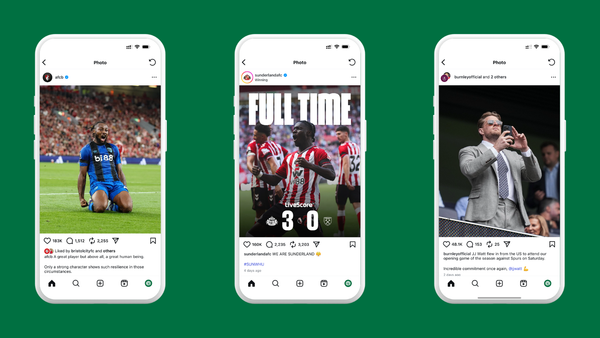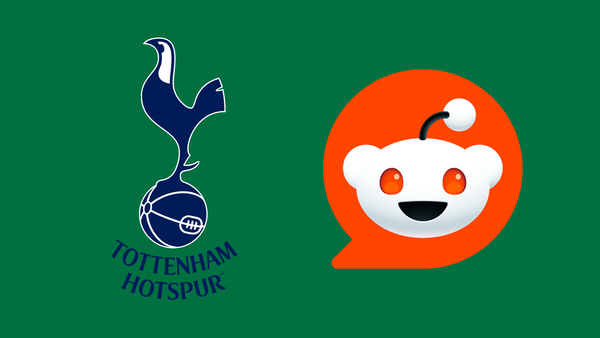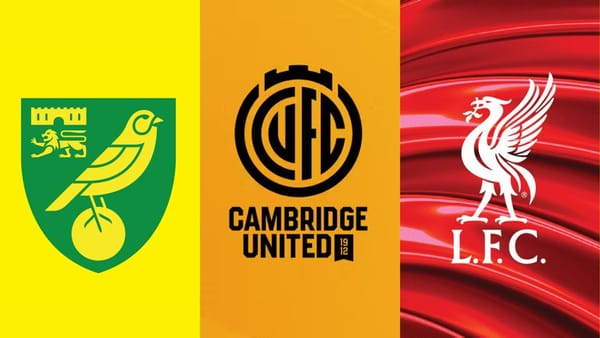Umpf launch Sport Social Media Index

When PR and Social Media Agency Umpf announced details of their Sport Social Media Index we were excited. Eager to find out more we asked Account Executive Tom Scott to fill us in…
What is the Sport Social Media Index?
Launched by Umpf and partners William Hill, the Sport Social Media Index is a league table of 148 British professional football (English Premier League, Championship, Leagues One and Two; plus the SPL) rugby (Super League and Premiership) and cricket (County Championship Divisions One and Two) teams, ranked according to the best use of social media by their official club channels.
Size doesn’t matter
With so many social media rankings available on the internet it does beg the question, why did we bother? The answer is simple; most of the current rankings are unfair, the vast majority focus exclusively on top divisions, such as the Premier League and tend to use like or follower growth, Klout score or a combination of the two to establish a team’s social media performance. This not only excludes many sides lower down their respective league ladders but it punishes those who have smaller fan bases as they will never be able to grow at the same rate, despite possibly having outstanding social media output. Critically, engagement and interactions is far more important than size. It’s about quality rather than quantity.
How it was done
The scoring was undertaken in two phases, the first task was to get a quantitative data score for each club which contributed 65% of their overall score. The final element was the judges’ scores which contributed the final 35%, this peer reviewing was essential in guaranteeing clubs who had experienced a high data score were also outputting quality content. The data analysis period ran from 1st August 2013 to 30th September 2013 and took into account the breadth of official club social media channels (including Facebook, Google+, Instagram, Pinterest,Twitter, Vine and YouTube) as well as blog activity. The scoring included percentage engagement levels, percentage community growth as well as multimedia content posted on Twitter and Facebook, including video, images, audio, official apps and external links. Four judges marked each team and the combined total was averaged to give a score. Finally, ‘Red Card’ penalties of 2.5% were accrued for poor social media practice, including duplicate content, idle periods of community management as well as repeated spelling mistakes and grammatical errors.
The reaction
Completely positive. The report generated a reach of just over one million on twitter and 1.2 million impressions. #SSMI13 was picked up by numerous official club sites, match-day programmes and social media channels as well as print and online coverage in the likes of The Metro, Prolific North, Corp Comms, Brand-e, The Drum and Total Rugby League.





